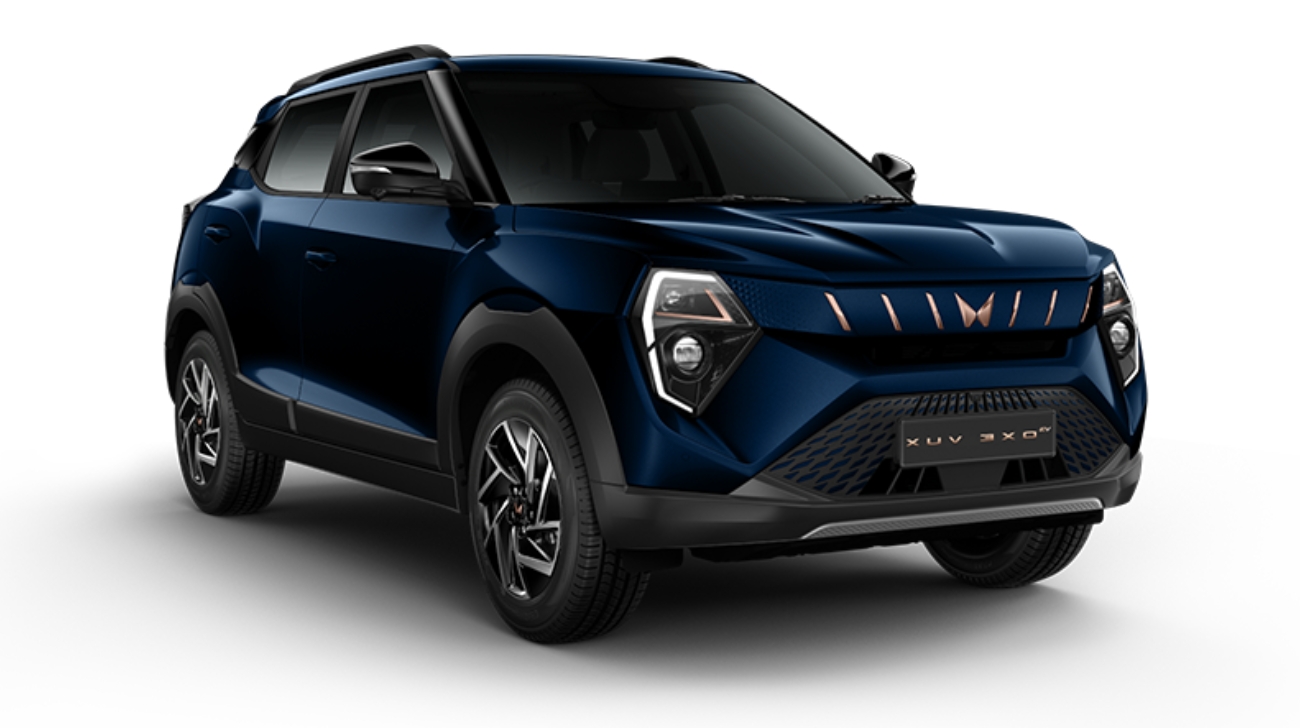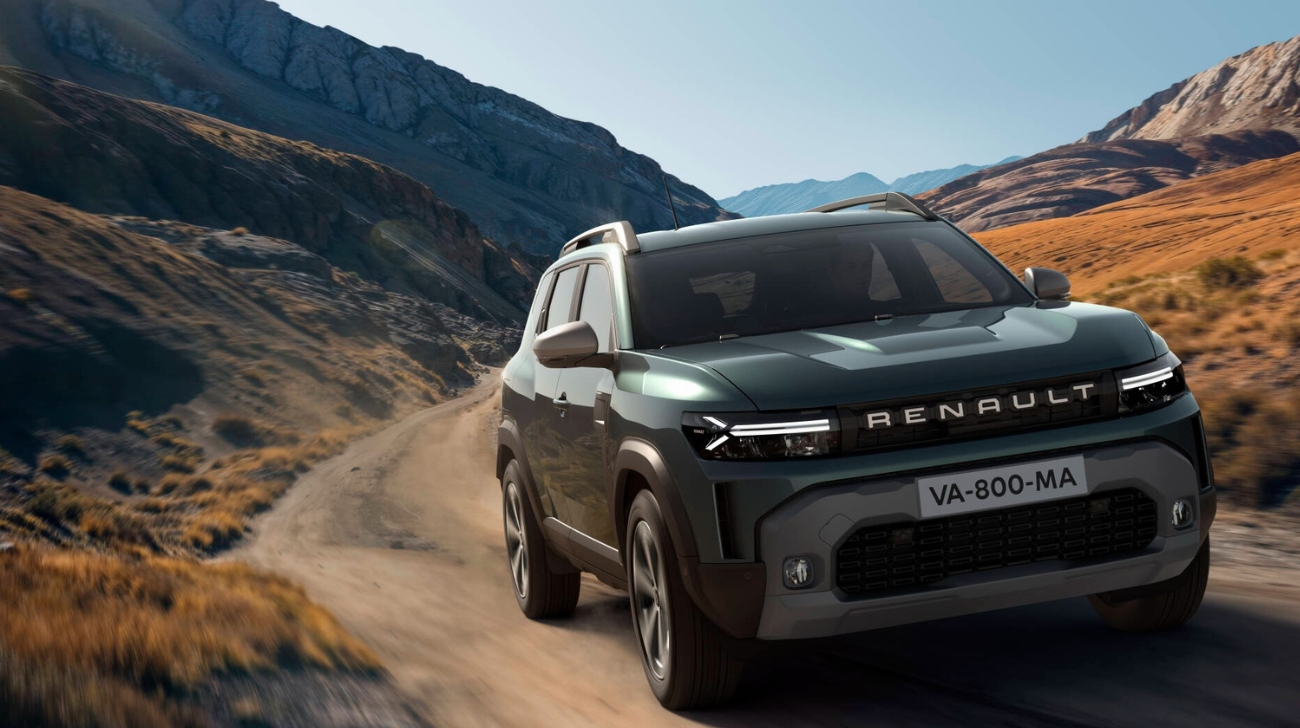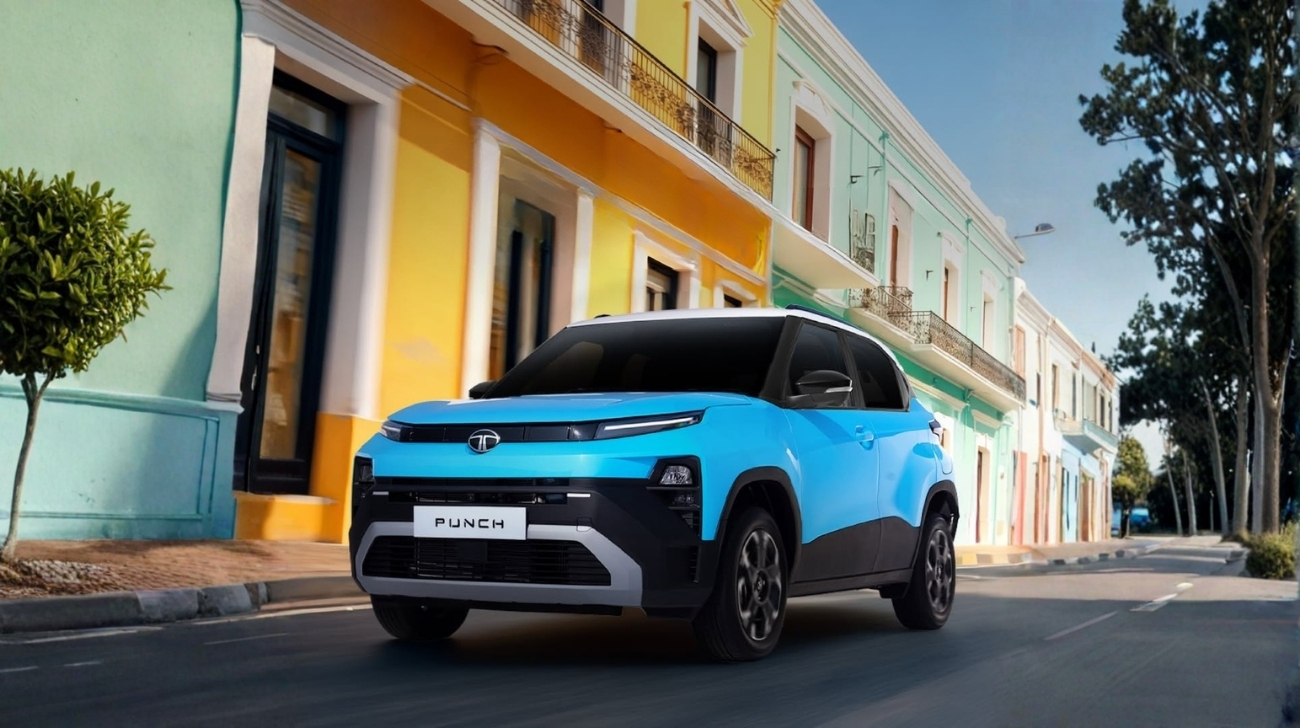Car prices in India usually go in one direction: up. Every once in a while, the taxman decides to spring a surprise. With the rollout of GST 2.0 reforms, a wide range of cars from budget hatchbacks to full-fat luxury SUVs have had their ex-showroom prices revised downwards.
The result is a rare moment for Indian buyers: actual savings instead of a higher sticker shock. We’ve gone through the new numbers across every brand, segment, and variant, and this is the story of how much less you can pay today, how the market might shift, and what it means for you.
Entry-level hatchbacks and small cars
The story begins on the ground floor of motoring.
The Renault Kwid, India’s plucky starter car, is now ₹4.30 lakh, down from ₹4.70 lakh. That ₹40,000 could cover a year’s insurance or a better sound system. Its sibling, the Triber, now begins at ₹6.6 lakh from just over ₹7 lakh, a neat ₹50,000 trimmed.
Maruti Suzuki has been generous too. The Alto opens at ₹3.5 lakh instead of ₹3.9 lakh. The Celerio drops nearly ₹90,000 to ₹4.7 lakh. The Wagon R Tour slides to ₹5.4 lakh and even the stalwart Swift trims to ₹5.9 lakh, almost a lakh lower. For budget buyers, this reshapes monthly EMIs, making that higher-spec variant justifiable.
Hyundai’s Nios now begins at ₹5.4 lakh, down from ₹5.9 lakh, and the i20 starts at ₹7.5 lakh, down from ₹8.1 lakh. Small cars may not scream glamour, but in terms of everyday practicality, every rupee counts.
Consumer angle: If a first-time buyer was stretching for a Swift VXI, the GST cut might mean they can finally afford the ZXi variant with keyless entry and touchscreen infotainment.
Compact SUVs: where the action is
Compact SUVs are where most of the buyer frenzy happens, and GST cuts have made the battlefield even more interesting.
The Nissan Magnite now starts at ₹5.62 lakh, down from ₹6.15 lakh, giving you an instant ₹52,000 incentive. The Renault Kiger mirrors this, dropping from ₹6.5 lakh to just under ₹6 lakh. Tata’s Punch, India’s current best-seller, moves from ₹9.17 lakh to ₹8.39 lakh, and the Nexon begins at ₹8.7 lakh rather than ₹9.6 lakh.
Hyundai’s Venue is now ₹7.29 lakh from ₹8.2 lakh, and the Kia Sonet slides to ₹7.3 lakh from ₹7.9 lakh. That makes the Venue vs Sonet debate tighter and may push some buyers to the Sonet’s better-looking trims without stretching the wallet.
Expert insight: Dealers suggest that these cuts might shift demand upward, nudging buyers who were happy with sub-₹8 lakh SUVs into the ₹7–8 lakh sweet spot with more tech, better interiors, and optional sunroofs.
Mid-size SUVs and crossovers
The Hyundai Creta drops from ₹11 lakh to ₹10.39 lakh and the Kia Seltos from ₹10.9 lakh to ₹10.4 lakh. Honda’s Elevate sees a bigger cut, from ₹11.9 lakh to under ₹11 lakh, which could give it a real shot against the established Creta-Seltos duo.
The German Czech twins, Volkswagen Taigun and Škoda Kushaq, shave around ₹40,000, now beginning at ₹11.39 lakh and ₹11.59 lakh respectively. Sedan siblings Virtus and Slavia follow suit.
Consumer perspective: That ₹50,000 difference could allow buyers to opt for higher trims with safety and ADAS features, which are increasingly influential in purchase decisions.
MPVs and family movers
Maruti Ertiga trims from ₹8.7 lakh to ₹8.2 lakh and the XL6 drops to ₹10.9 lakh. Toyota’s Innova Crysta begins at ₹23.75 lakh, down from ₹25.4 lakh, while the Innova HyCross hybrid drops by ₹1.5 lakh. Kia Carens is now ₹9.6 lakh from ₹10.4 lakh.
Market impact: Families and fleet buyers stand to gain the most here. Even a ₹50,000–1.5 lakh reduction can shift them to higher-spec variants, particularly in the highly competitive MPV segment.
Big ladder-frame SUVs
This is where the cuts are loudest.
The Mahindra Scorpio N drops from ₹19.1 lakh to ₹16.6 lakh, a full ₹2.5 lakh saved. The Thar goes from ₹14.2 lakh to ₹13.2 lakh, and the XUV700 from ₹14.5 lakh to ₹13.4 lakh. Toyota Fortuner now begins at ₹31.9 lakh instead of ₹33.4 lakh. MG Gloster trims to ₹37.2 lakh from ₹39 lakh.
Consumer angle: A mid-size SUV shopper considering the Scorpio N now gets the top-end variant with leather seats, panoramic sunroof, and ADAS for nearly the same price as the old base model.
Entry-level luxury
Mercedes-Benz A-Class Limousine drops from ₹46.9 lakh to ₹44.5 lakh. GLA is ₹48.2 lak, down from ₹51 lakh. BMW X1 begins at ₹48.9 lakh, 2 Series Gran Coupé dips by almost ₹2 lakh, and Audi Q3 trims to ₹46.3 lakh.
Market impact: These aren’t transformative cuts, but they make aspirational cars slightly more reachable and soften the psychological barrier to entry.
Premium luxury and SUVs
Mercedes GLC now ₹70.9 lakh, down from ₹74.2 lakh. BMW X3 at ₹72.3 lakh from ₹75.9 lakh. Audi Q5 ₹70.4 lakh from ₹73.5 lakh. BMW 3 Series now ₹49.9 lakh from ₹52.5 lakh, Mercedes C-Class ₹55.3 lakh from ₹57.9 lakh.
Even at this level, a ₹2–3 lakh reduction might sway buyers to choose higher trims with more tech or comfort options.
The big guns
Land Rover Range Rover trims nearly ₹30 lakh in some configurations, now ₹2.75 crore instead of over ₹3 crore. Range Rover Sport drops up to ₹20 lakh. BMW 7 Series begins at ₹1.7 crore, Mercedes S-Class ₹1.58 crore instead of ₹1.65 crore.
Reality check: The savings are impressive on paper, but relative. A Range Rover customer is unlikely to reinvest the difference, but the cuts still signal a subtle shift in pricing philosophy.
What it all adds up to
Across the board, GST 2.0 has delivered:
-
Budget cars: ₹40,000–90,000 reduction
-
Mass-market SUVs and MPVs: ₹1–2.5 lakh reduction
-
Luxury imports: ₹2 lakh–30 lakh reduction
Entry-level buyers can now access higher trims. Mid-size SUV shoppers get more value for their money, and luxury buyers have a polite nudge to act sooner. Prices have gone down instead of up, which is as rare in India as finding a Range Rover without tinted glass. Dealers note early indications that buyers may upgrade trims, cross-shop more aggressively, and shift toward aspirational SUVs they previously considered out of reach.

.jpg)



